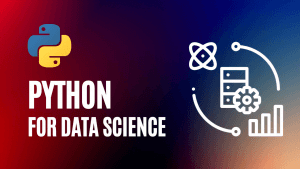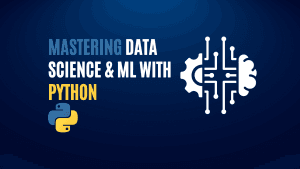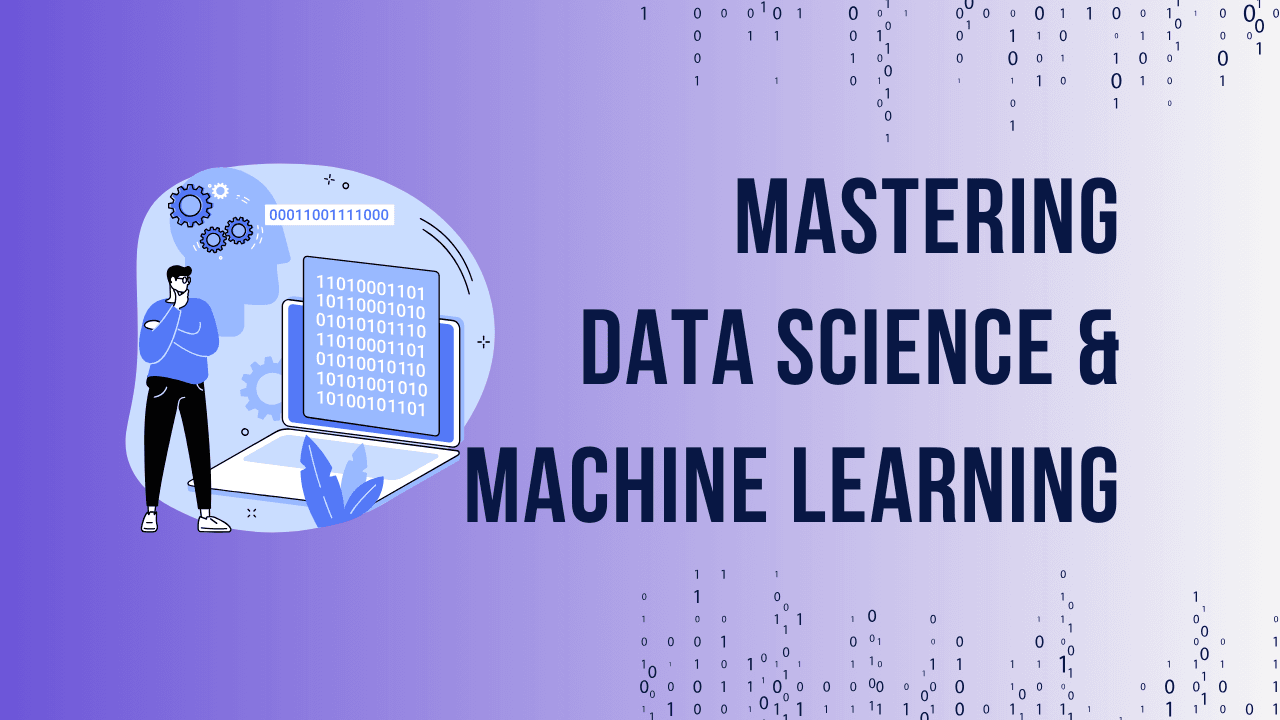Table of Contents
ToggleIntroduction
Python has firmly established itself as a powerhouse in the programming world, particularly in the field of data science. Its versatility, ease of use, and strong community support have made it the go-to language for both beginners and seasoned professionals alike. As we step into 2024, the demand for data science skills continues to surge, making Python more relevant than ever. In this article, we will explore why Python remains the best programming language for data science in 2024.
1. Versatility and Flexibility
Python’s versatility is one of its strongest attributes, making it the preferred choice for data science. Unlike other programming languages that might be limited to specific tasks, Python can handle a wide range of data types, making it adaptable to various data science needs. Whether you’re working with structured or unstructured data, Python provides the tools to process, analyze, and visualize it effectively.
Python’s flexibility extends beyond data science. It is used in web development, automation, scientific computing, and even gaming. This cross-functional capability allows data scientists to integrate their work seamlessly with other projects, making Python an invaluable tool in the tech industry. Additionally, Python’s ability to integrate with other technologies, such as SQL databases, Hadoop, and cloud services, further enhances its versatility.
Ready to take your data analysis skills to the next level? Check out our comprehensive Python for Data Science Course!
2. User-Friendly Syntax
One of the key reasons for Python’s popularity is its user-friendly syntax. Python is designed to be readable and straightforward, which significantly lowers the learning curve for beginners. Unlike languages like C++ or Java, where complex syntax can be a barrier to entry, Python’s clean and readable code makes it easier for new programmers to grasp programming concepts quickly.
This simplicity does not come at the expense of functionality. Python is powerful enough to handle complex data science tasks while maintaining code that is easy to write and debug. This user-friendly nature enhances productivity, allowing developers to focus more on solving problems rather than wrestling with the intricacies of the language itself.
3. Extensive Libraries and Frameworks
Python’s extensive libraries and frameworks are perhaps its most significant advantage in the field of data science. Libraries like NumPy, Pandas, and Matplotlib are essential tools for data manipulation, analysis, and visualization. These libraries simplify complex tasks, allowing data scientists to perform operations with just a few lines of code.
- NumPy: Provides support for large multi-dimensional arrays and matrices, along with a collection of mathematical functions to operate on these arrays.
- Pandas: Offers data structures and functions needed for manipulating structured data, making it ideal for working with datasets.
- Matplotlib: A plotting library used for creating static, animated, and interactive visualizations in Python.
When it comes to machine learning, libraries like Scikit-learn, TensorFlow, and PyTorch offer robust tools for building and deploying models. These libraries have become the backbone of machine learning projects, enabling data scientists to develop sophisticated models with relative ease.
4. Strong Community Support
The strength of Python lies not just in its capabilities but also in its community. Python has one of the most active and supportive communities in the programming world. From forums like Stack Overflow to numerous Python-centric blogs and websites, resources are abundant for both beginners and experts.
The community’s contribution to open-source projects is another testament to Python’s collaborative environment. Developers from around the world contribute to Python libraries and frameworks, ensuring they are constantly updated and improved. This active participation makes it easier for learners to find answers to their questions and continue improving their skills.
Ready to take you Data Science and Machine Learning skills to the next level? Check out our comprehensive Mastering Data Science and ML with Python course.
5. Integration with Data Science Tools
Python’s compatibility with data science tools is another reason for its widespread adoption. Platforms like Jupyter Notebook, which allow for interactive coding and visualization, are integral to the data science workflow. Python’s integration with Jupyter makes it easy to document the data analysis process, share results, and collaborate with others.
Python’s compatibility extends to big data tools like Apache Spark, enabling data scientists to process large datasets efficiently. Additionally, Python’s support for cloud computing platforms like AWS, Google Cloud, and Azure allows for the deployment of data science models on a scalable infrastructure.
6. Applicability in Machine Learning and AI
Python has become synonymous with machine learning and artificial intelligence. Its simplicity and powerful libraries make it the ideal language for developing machine learning models. TensorFlow and PyTorch, two of the most popular deep learning frameworks, are Python-based, allowing data scientists to build complex neural networks and deploy them in production environments.
Python’s role in AI goes beyond just tools. It is also widely used in research and development, with many cutting-edge projects relying on Python to push the boundaries of what’s possible in AI. From natural language processing to computer vision, Python is at the heart of many groundbreaking AI applications.
7. Career Opportunities and Industry Demand
The demand for Python skills in the job market continues to grow, particularly in data science. Companies across various industries are looking for professionals who can leverage Python to analyze data and derive actionable insights. As a result, Python developers in the data science field are among the highest-paid professionals in tech.
In 2024, Python’s relevance is expected to increase further as more companies adopt data-driven decision-making processes. Python’s role in emerging technologies like IoT (Internet of Things) and blockchain also opens up new career opportunities for developers who are proficient in the language.
8. Future Prospects of Python in Data Science
As we look to the future, Python’s role in data science shows no signs of diminishing. New libraries and frameworks are constantly being developed, enhancing Python’s capabilities and keeping it at the forefront of innovation. The rise of automation, AI, and big data will likely increase the demand for Python skills, solidifying its position as the leading programming language for data science.
Moreover, advancements in Python’s ecosystem, such as improved performance and better integration with other technologies, will ensure that it remains the preferred choice for data scientists. Python’s adaptability to new trends and its robust community support will continue to drive its growth in the coming years.
Ready to take you Data Science and Machine Learning skills to the next level? Check out our comprehensive Mastering Data Science and ML with Python course.
FAQs
Q1: Is Python difficult to learn for beginners?
A1: Python is known for its simple and readable syntax, making it one of the easiest programming languages to learn for beginners.
Q2: What are the best resources for learning Python for data science?
A2: There are numerous resources available, including online courses, tutorials, and books specifically focused on Python for data science.
Q3: Why is Python preferred over other programming languages for data science?
A3: Python is preferred due to its versatility, extensive libraries, and strong community support, which make it ideal for handling data science tasks.
Q4: Can Python be used for machine learning?
A4: Yes, Python is widely used in machine learning, with many libraries like TensorFlow and Scikit-learn dedicated to building machine learning models.
Q5: What is the future of Python in data science?
A5: Python’s future in data science is bright, with continued growth expected due to its adaptability and the ongoing development of new tools and libraries.




